Pharma Stocks Today: Implications of Trump’s Most Favored Nation Executive Order
Introduction
On May 12, 2025, President Donald Trump announced plans to sign an executive order intended to dramatically reshape the landscape of prescription drug pricing in the United States. This move comes as part of an initiative to implement “most favored nation” (MFN) pricing or international reference pricing, thereby aligning U.S. drug costs with those of other high-income countries, a difference he claims could be as significant as 30% to 80%. The pharmaceutical industry is bracing for a complex and potentially turbulent path ahead as it adapts to the implications of this executive order.
Context of the Executive Order
The U.S. has long been viewed as the outlier in drug pricing, often paying nearly three times more than some developed nations. The idea of aligning domestic prices with those of international markets is not novel and has surfaced in previous governmental discussions. Trump’s emphasis on fairness in drug pricing indicates a determination to address the equity gap that exists in pharmaceutical costs between the United States and other nations.
The executive order aims to set the stage for policy alterations that may extend beyond the parameters outlined in the Biden administration’s Inflation Reduction Act (IRA), which, despite making strides in price negotiation for a select group of drugs, barely scratched the surface of the wholesale pricing anomaly. Under the IRA, Medicare is set to negotiate prices for ten drugs starting next year, with expectations for future negotiations covering a wider array of medications.
Potential Impact on the Pharmaceutical Industry
The prospect of implementing MFN pricing raises several concerns within the pharmaceutical sector. Leading drug manufacturers are alarmed, as elucidated by Alex Schriver, a spokesperson for the Pharmaceutical Research and Manufacturers of America, who characterized government price-setting as detrimental to American patients. The executive order may impose strain on the already beleaguered pharmaceutical landscape, and investors are keenly observing how this could affect the stock dynamics of major players in the sector.
Moreover, there is speculation regarding how the order will specifically target Medicare and whether it will encompass a broader scope of pharmaceuticals compared to what the IRA allows. This uncertainty complicates financial modeling and valuations for sector-specific investments, particularly for companies heavily reliant on Medicare reimbursements.
Historical Context and Legal Challenges
This current endeavor echoes previous attempts to implement price adjustments based on international metrics during Trump’s first term, which were ultimately halted by court injunctions. Notably, the earlier projections from that proposal indicated potential savings for taxpayers exceeding $85 billion over a span of seven years. The cornerstone of this ongoing debate lies in balancing the need for accessible medication against the sustainability of R&D funding, which could be jeopardized by drastic price cuts.
As the pharmaceutical sector battles regulatory pressures and market re-alignments, analysts are closely monitoring stock performance and strategic maneuverings by affected companies. Recent history suggests that market sentiment may initially react negatively to policy announcements that could dent profit margins.
Strategic Considerations for Investors
Investors should adopt a cautious optimizer approach to stock selection in the pharmaceutical and biotech sectors. This involves evaluating companies based on their ability to adapt to new pricing regulations, their pipeline diversity, and overall market positioning. Furthermore, analysts will want to pay attention to companies that are proactively engaging in public dialogue about these changes and strategizing accordingly to mitigate financial impacts through price adjustments and operational efficiencies.
Three key categories of stocks to evaluate include:
1. **Established Pharma Giants**: These companies may have the resources and pipelines to absorb shocks while maintaining shareholder returns.
2. **Innovative Biotechs**: Smaller firms with a focus on niche markets and breakthrough therapies may fare better, provided that their unique value propositions continue to attract investor confidence.
3. **Generic Manufacturers**: These companies could see an uptick in demand as market dynamics shift, potentially benefiting from price reductions on branded medications.
Conclusion
The anticipated executive order from President Trump introduces a complex array of challenges and opportunities for the pharmaceutical sector. Through maintaining an acute awareness of evolving regulatory landscapes, and aligning investment portfolios with companies demonstrating resilience and adaptability, investors can position themselves effectively in a market that is sure to experience significant changes in the coming months. As always, due diligence and vigilant monitoring of market trends will be paramount as this policy unfolds.
In summary, the landscape of U.S. pharmaceutical pricing is poised for a potential transformation that could redefine the competitive environment amongst major players. Stakeholders in the biotech and pharmaceutical space will need to remain agile, balancing the impact of such governmental measures against long-term growth strategies and innovations.
















